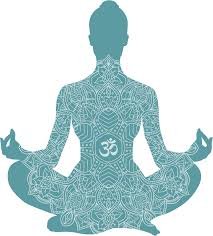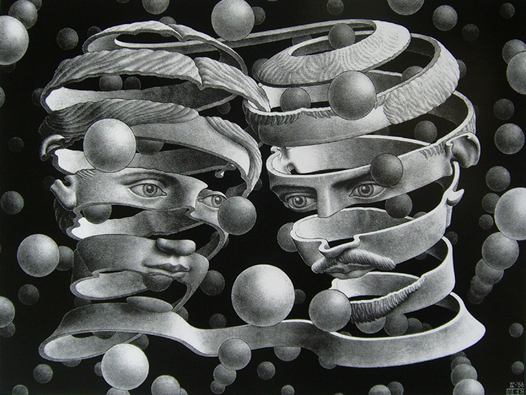Attachment, Impermanence and the Self: Part 2

Sometimes, the things we find ourselves doing in life may seem strange or out of the ordinary to those observing from the outside. To the friends of a caterpillar, the sudden transformation to a butterfly may seem peculiar and unexpected. However, to some degree, the caterpillar has always known who they are/were. They have always been aware deep inside that they and the butterfly are one and the same.
Inside each of us resides a “character”, or collection of qualities, that is our true self. The Tibetan word for this is “BhakCHha”, essentially meaning “habit energy”. This karmic imprint is the inevitable result of past actions that have been repeated through many lifetimes thus creating a subtle habit or tendency that resides in the subconscious of our being.

Regardless of the belief in past lives, if we look deep within ourselves, we can discover an entirely unique person that is extremely familiar to us yet is in many ways a complete stranger. Of course, these proclivities are not always pure and virtuous. Nevertheless, becoming aware of these tendencies is the key to opening the door towards self-awareness. The dangerous combinations of social and societal expectations, insecurities, pride and fear of exposing what is most vulnerable, i.e. our innermost “selves”, is what often prevents us from manifesting our genuine “character”.
As we approach adulthood, which really means as we become more aware of our own mortality, we begin to confront this conundrum of “Who am I”. When we realize that death is the only thing we can be certain of in this life and its method and arrival is one of the greatest unknowns, we may become frightened into further fantasies or scared straight into a search for our true voice.
For those of you that follow the Buddhist approach of “no self” this may seem contradictory. However, if you think about Vipasana (insight meditation) or various other practices involved with becoming aware of our thoughts, what I am expressing does not, in fact, conflict. Anyone who has been around more than one realized master can tell you that, although their wisdom and awareness is as powerful as another master, their personalities and therefore methods of applying that wisdom and awareness vary from person to person. This is illustrated in Vajrayana Buddhism quite well with the different aspects of enlightened activity represented by the colorful array of Bodhisattvas and Yidams.

Of course, in reality there is no self and therefore nothing to become aware of. However, the road to realization is paved with insight into our habitual tendencies and transforming these predispositions into one of the infinite forms of enlightened activity that is best suited to our propensities.
Although I am not a spiritual teacher and am unable to go into any detail about “Reality” with a capital “R” nor am I able to explain anything about enlightened activity beyond what I have read about in books, I am, however, able to speculate the possibilities of the various attempts to relate to this world and to ourselves in a very real and down to earth way.
I must reiterate here that I do not claim to be any kind of authority in Psychology, Philosophy or any other type of social science or spiritual path. I am merely making an effort to hypothesize the possibilities of the human experience as it is approached from within and without.
I therefore accept any criticism from those who are more learned in these matters and I hope my speculations do not deceive anyone nor are assumed to be the “Gospel Truth”.
To listen to the audio version of this article click on the play image.

Brought to you by @tts. If you find it useful please consider upvoting this reply.